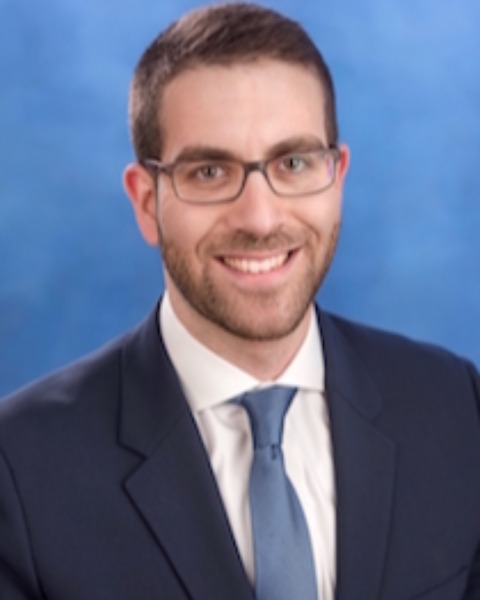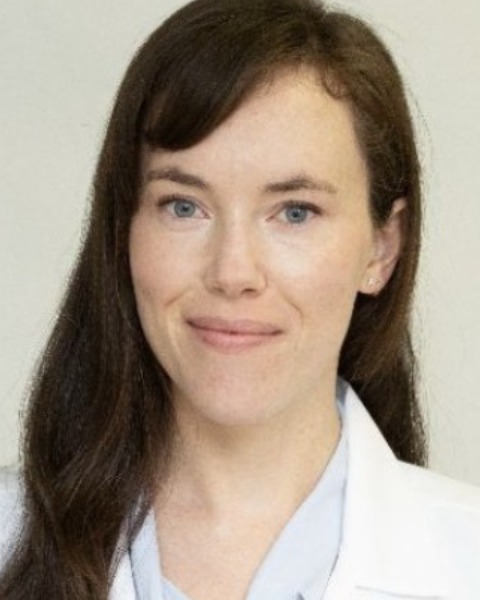Category: Operative Obstetrics
Poster Session I
(211) Is Duration of Labor Protective Against Cesarean Scar Niche Formation?
IIt has been theorized that niche formation may be related to insufficient incorporation of the full-thickness of myometrium at the time of hysterotomy closure. We sought to determine if labor per-se, and duration of labor (acting as surrogates for thickness) are associated with the formation of a cesarean scar niche.
Study Design:
A case-control study of patients who underwent gynecological ultrasound evaluation for either abnormal uterine bleeding or pelvic pain from 2014-2022, who also had obstetrical records from antecedent term deliveries available at our institution. Cases were women in whom a cesarean scar niche was noted in their ultrasound report; controls were women without a niche. The two groups were subdivided into three subgroups: those who presented for repeat cesarean birth without labor, those who labored < 10 hours, and those who labored for >10 hours. The primary outcome was the relationship between labor duration, number of prior cesarean births, and niche formation.
Results:
During this period, 2598 patients presented for ultrasound, and 158 (6%) had obstetrical records available for review. Of these, 98 had a niche, and 60 did not. Longer duration of labor was associated with lower risk of niche formation (p < 0.001). Demographics are seen in Table 1. Logistic regression was performed to further query if number of antecedent cesareans plus labor duration better predicted niche formation (Table 2). Those with prior cesareans who labored for >10 hours had lower odds of forming a niche compared to those who labored < 10hours or didn’t labor at all (aOR .023 [0.002-0.218] and .013 [0.001-0.125], respectively).
Conclusion:
Longer duration of labor as a surrogate for a thinner lower uterine segment at time of cesarean birth, in those with prior cesarean birth, appears protective against niche formation. It is possible that a thinner hysterotomy closure site allows for complete incorporation of all uterine layers, which would be consistent with prior literature supporting this practice as a method of niche prevention.

Itamar Futterman, MD
Fellow physician
Maimonides Medical Center
Brooklyn, New York, United States- Nr
Natalie rivera, MD
Resident
Maimonides Medical Center
Brooklyn, New York, United States 
Laura Gilroy, MD (she/her/hers)
PGY-7 Fellow
Maimonides Medical Center
Brooklyn, New York, United States- OS
Olivia Sher, BA
Research Assistant
Maimonides Medical Center
Brooklyn, New York, United States - JW
Jeremey Weedon, PhD
Downstate Medical Center
Brooklyn, New York, United States - SH
Shoshana Haberman, MD, PhD
Attending Physician
Maimonides Medical Center
Brooklyn, New York, United States - HM
Howard Minkoff, MD
Maimonides Medical Center
Brooklyn, New York, United States

.png)
